Let me get my bias out of the way. As a lifelong Yankee fan, I was not exactly thrilled that Juan Soto signed with the crosstown Mets instead of remaining with the pennant-winning Yanks. But then my anger waned when I thought about the terms of the deal: $765 million over 15 years! Far be it for me to question the valuation skills of the Mets’ owner, Point 72’s Steve Cohen, but I do believe that the bidding war and eventual outcome reflect the mentality of the stock market.
All investments, whether buying equities or signing a free agent athlete, require a careful estimate about present value. In the case of a star baseball player, where contracts are fully guaranteed, the team must decide how much that player’s production might fall off as he ages. Soto is only 26, quite young for a star free agent, but that meant that he could demand an even longer contract than usual. As a result, his contract is now the largest in sports history. It also means that after his $75 million signing bonus, the Mets will be committed to paying at least[i] $46 million a year to an aging player who is unlikely to remain one of the best in the sport for that long.
Now ask yourself whether we might be seeing something similar in the stock market. Investors are willing to pay ever increasing prices for their favorite stocks, making an implicit bet that today’s best performers will remain among the best in their league for the foreseeable future. Remember that, at least in theory, the current price of a stock reflects the present value of its earnings or cash flows or future dividends, depending upon which valuation model you choose. But at the margin, the market sets the price, and the premia that both stock investors and team owners (who are often one and the same) ebbs and flows along with supply and demand.
A key method that stock investors use to measure that demand is the P/E ratio. The company does its thing, making money (hopefully) and developing a predictable earnings stream. That’s the “E” in the equation. The “P” is much more of a matter of psychology. It’s how much investors are willing to pay for those earnings. And currently investors are willing to pay quite a bit for them. The trailing P/E for the S&P 500 (SPX) is currently about 27, and on a forward basis it is about 25.5[ii]. Those are lofty by historical standards.
In the past 30 years, prevailing P/E’s have been exceeded only twice over an extended period. Both P/E measures reached nearly 30 at the end of 1999, just as the dotcom bubble was nearing its peak. That Yet the current P/E reached 33 in May 2021 while the forward P/E peaked at 31.5 a quarter prior. In the former case, the market turned lower just about three months later; in the latter it was about nine months. As with most fundamental valuation measures, they are not reliable short-term pricing tools, even though they tend to correct in the longer-term.
You’ve probably heard the term “multiple expansion”, which refers to how much of the market’s rise can be attributed to rising P/E’s. The current rally has relied heavily on multiple expansion. When it began in October 2022, SPX was just under 3600, current P/E was about 17 and forward P/E was about 16. Thus, SPX has risen just under 70% since then, while the P/E’s have risen about 59%. Thus, the vast majority of the increased level of SPX can be explained simply by an increase in how much investors are willing to pay for current and/or future earnings, far outweighing the rise in those earnings.
Can this persist for a while longer? Sure. Frankly there is no limit to how much investors are willing to pay for a given earnings stream. In a momentum-driven environment, when many traders are motivated by the prevailing trends and therefore the likelihood that prices will go up largely because they have already been doing so, this behavior can continue relatively unabated. That is, until or unless something changes.
I hope for Met fans that Juan Soto’s performance continues at his recent pace. (OK, not really). But it was clear that his price was set by the market, since it was reported that the Mets’ bid was not much higher than the Yankees’. Investors need to hope the same for the stock market. But while a baseball contract lacks liquidity, stocks do not. Team owners can only acquire insurance for a player’s health, not his performance. Investors can consider insuring their peformance as well.
—
[i] Soto can opt out of the contract after 5 years, which he could do if he believes his value has increased further. The Mets can retain him by committing another $4 million/year for the remainder of the deal, which would push him up to $50mm/yr. This means that the Mets also gave Soto an implicit option within the deal. For simplicity, we’ll leave that aside when we consider the deal’s valuation.
[ii] We are using Bloomberg data for consistency’s sake, particularly regarding forward P/E’s
Join The Conversation
For specific platform feedback and suggestions, please submit it directly to our team using these instructions.
If you have an account-specific question or concern, please reach out to Client Services.
We encourage you to look through our FAQs before posting. Your question may already be covered!
Leave a Reply
Disclosure: Interactive Brokers
The analysis in this material is provided for information only and is not and should not be construed as an offer to sell or the solicitation of an offer to buy any security. To the extent that this material discusses general market activity, industry or sector trends or other broad-based economic or political conditions, it should not be construed as research or investment advice. To the extent that it includes references to specific securities, commodities, currencies, or other instruments, those references do not constitute a recommendation by IBKR to buy, sell or hold such investments. This material does not and is not intended to take into account the particular financial conditions, investment objectives or requirements of individual customers. Before acting on this material, you should consider whether it is suitable for your particular circumstances and, as necessary, seek professional advice.
The views and opinions expressed herein are those of the author and do not necessarily reflect the views of Interactive Brokers, its affiliates, or its employees.
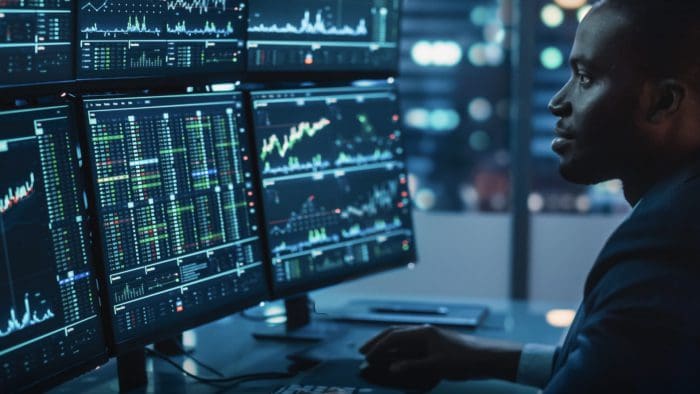
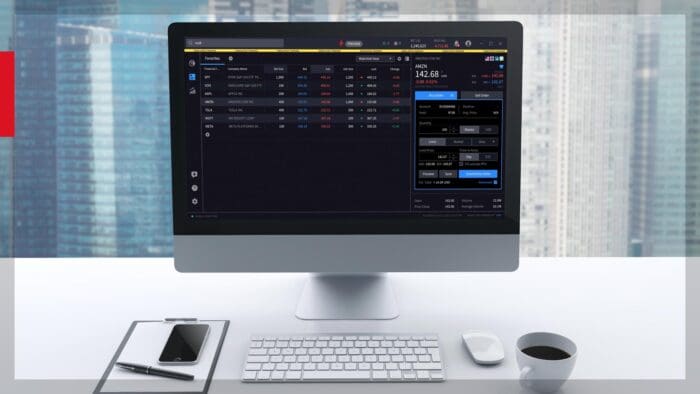
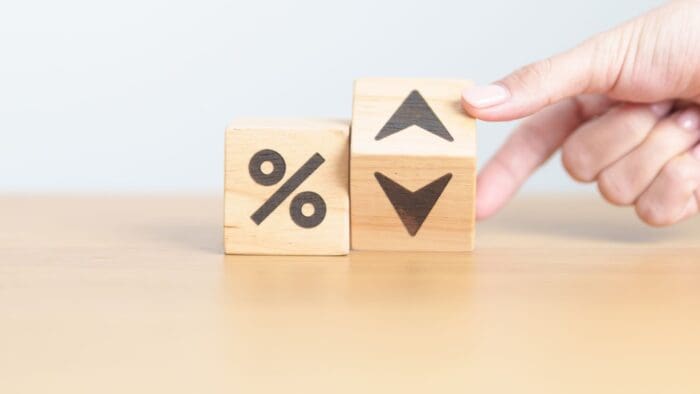

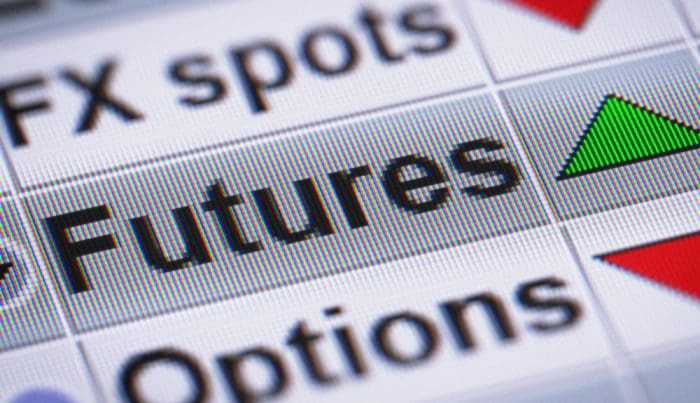

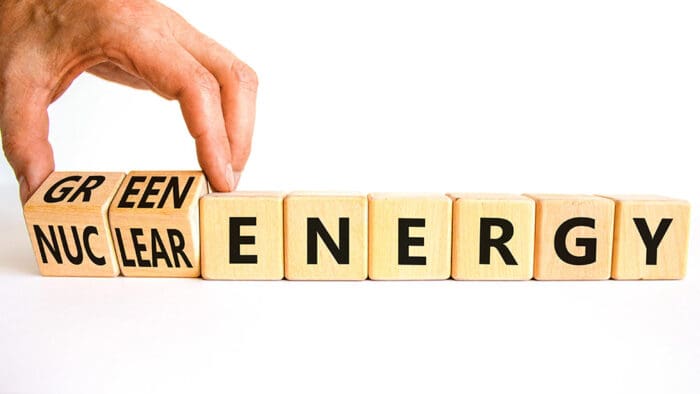

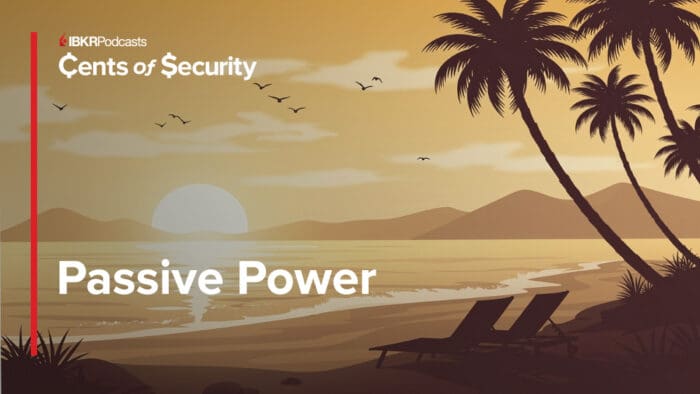
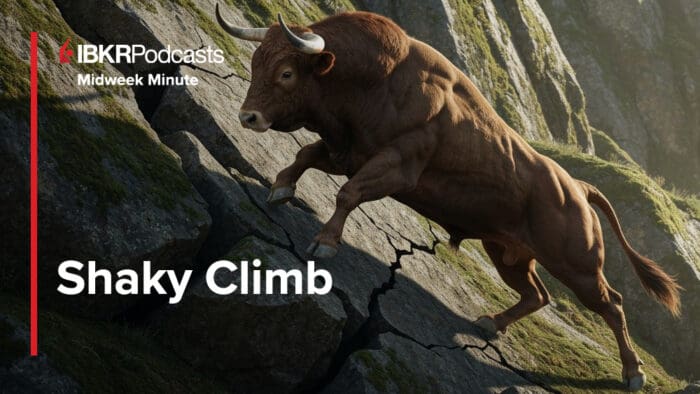
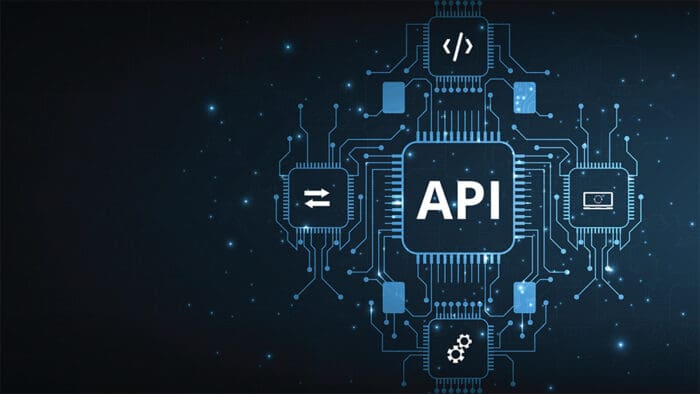
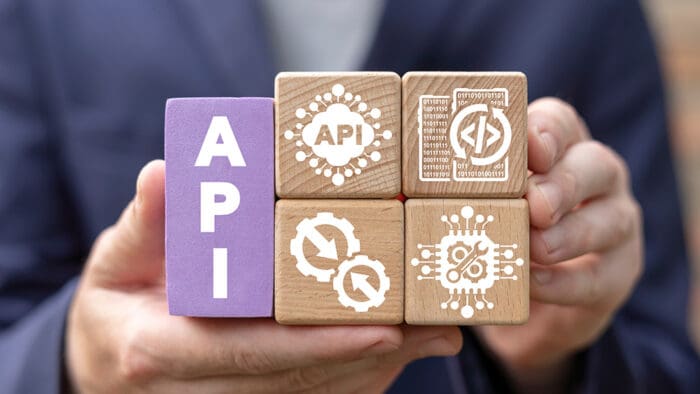
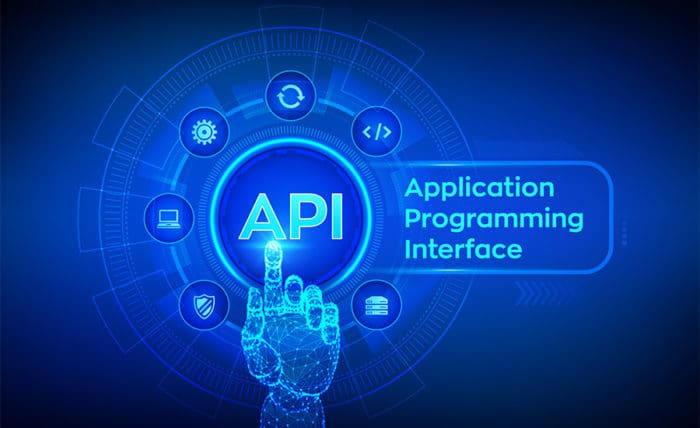


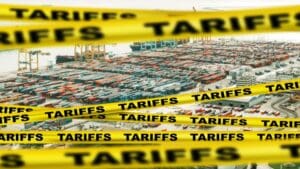


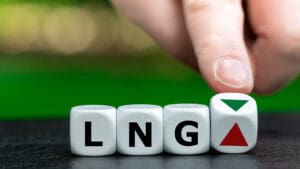
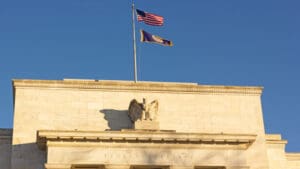
looks like this writer is so ‘old school’ as to his 2 issues. first of all the METS owner wants to WIN and so he needs another real hitter as was brought out in the playoffs. Then, this owner, who has so much money has taken his firm private to avoid more scrutiny among other reasons, doesn’t need the money and is probably writing the Mets off as a business loss. And maybe Soto did whar Oritani did in that he is not drawing any of his salary for the next 10 years. But the crime here for yankee fans such as this writer is the ruin to Judge. He has absolutely no hitters to support him. In fact, I don’t think they have a player who bats 250. So really the opposition, data wise, have no reason to pitch to Judge. In fact, as this writer pointed out, the yank’s bid was not much less so maybe Soto saw he was on a team with weak hitters, a much-abused relief staff, and a manager who should have been fired three years ago. Next as to the ‘old school’ is the p/e ratio which has been denounced for years by many researchers as not producing the so-called predicted results. It is really just an ‘after the fact’ number-it his a high then goes down or up from there but doesn’t tell you which. You may as well more easily look at those ‘witchcraft’ charts and see where the stock has BEEN in a flash. i
WELL SAID
Far be it FROM you
Steve, as a lifelong NL and Atlanta Braves fan, my first thought would be to try to get a tryout with either of the New York teams but then remember that we don’t like either one of them down here in the South. But best of luck to Misters Soto and Fried.
I like the baseball analogy. Here’s the way I look at it. Those contracts are an albatross hanging from the team’s neck. Since the introduction of the Wild Card to MLB, it’s been hard to buy a world series…this year being an exception. Bonds never brought one to SF, A-Rod never brought one to Texas. I’m not putting BIG money into a young company or player who has performed above average for just a few years. I’m not that big of a risk taker and I can live with missing the “one that got away.”
The stock market is in total lunatic mode right now.
not to worry, won’t last. never does.
It will be for another 4 years
Remember the Mets are still paying off the brilliant contract of Bobby Bonilla
$765 million /15 years = $51,000,000 per year. $51 million/162 games =$314,814 per game. $314,814/9 innings =$34,979 per inning. He will make more money for playing 3 innings than Mickey Mantle earned in an entire season ($100,000.) Of course, a slice of pizza was 15 cents then, but still, it seems excessive to me, just like current stock valuations. The last Met game I went to was at Shea. I think it was 1986 or 87. I have never gone to a game at Citifield, and I probably never will.
The PE of the market as a whole does not reflect the fact that a small percentage of stocks are responsible for the high P/E ratio. The trend soon will be a shift out of those stocks into the broader market or into overlooked stock sectors.
Great and interesting analogy to demonstrate the state of current risk appetite. Steve, perhaps we need a part two of this to see if there has been a niche group of players like Mag 7 that always demanded and recieved premium over rest of 493. May be you can draw some parralels on bidding behaviour of humans when it comes to premium players or stocks and what causes them to move away from premium players and bid up other players or the other 493 stocks.